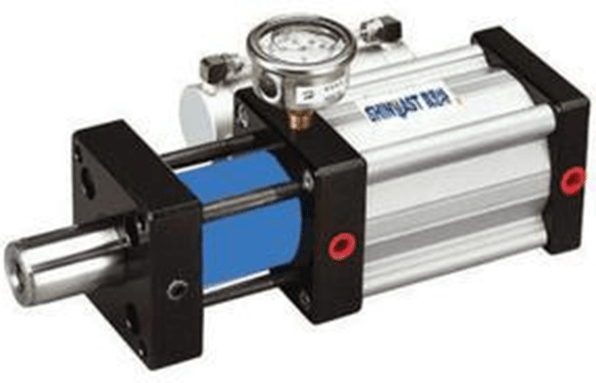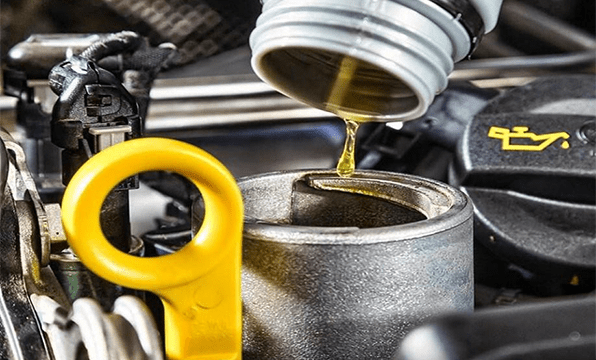
Figure 1: Different types of air cylinder.
Air cylinder is a tube-shaped metal mechanical part that guides the piston to do linear reciprocating motion in its insides. For example, air in the engine cylinder converts thermal energy into mechanical energy through expansion; gas is compressed by the piston in the compressor cylinder to enhance the pressure. The casings of a turbine, rotary piston engine, etc. are often called " air cylinder". Application fields include printing (tension control), semiconductor (spot welding machine, chip grinding), automatic control, robot, etc.
1. Types
Air cylinder is one of the most widely used pneumatic actuators in pneumatic system, and is diverse in its type. At the same time, it can be divided into the following types, according to different use conditions, structural features, use functions and installation forms.
1.1 Structure Features of Air Cylinder
According to structure features of air cylinder, there are three types.
Piston cylinder: Single acting cylinder, double acting cylinder, double piston rod cylinder, differential cylinder, multi position cylinder, series cylinder, impact cylinder, rodless cylinder, magnetic piston cylinder, stepping cylinder, booster cylinder, air and hydraulic booster cylinder, oil damping cylinder, rack and pinion cylinder, cable cylinder, special cylinder, etc.
Diaphragm cylinder: Single-acting diaphragm cylinder and double acting diaphragm cylinder.
Swing (blade) cylinder: Single blade swing cylinder and double blade swing cylinder.

Figure 2: The appearance and design of air and hydraulic booster cylinder.
1.2 Installation Forms of Air Cylinder
According to installation forms of air cylinder, there are fixed cylinder (fixed on the machine body) including ear type, flange type and rodless type, shaft pin cylinder (the cylinder body swings around the fixed shaft at an angle) including head and tail shaft pin cylinders, and embedded cylinder.
1.3 Functions of Air Cylinder
According to the functions of air cylinder, there are common cylinder, cushion cylinder, rotary cylinder, swing cylinder, air and hydraulic damping cylinder, impact cylinder, stepping cylinder, and special cylinder.
2. Notices for Use
Attention should be given following tips.
Select the structure and installation form and determine the push and pull of piston rod in accordance with work task.
In order to avoid frequent impact between the piston and the cylinder head, the stroke allowance is set between 30mm and 100mm, instead of full stroke.
The recommended speed for cylinder operation is between 0.5m/s and 1m/s, the working pressure is from 0. 4 to 0. 6npa, and the ambient temperature ranges from 5° C to 60 ° C. In case of low temperature, it is necessary that anti freezing measures shall be taken to prevent the water in the system from freezing.
Apply grease on the relative moving working surfaces of all seals during assembly; pay attention to the action direction. The piston rod is not allowed to bear eccentric load or transverse load, and there shall be no air leakage during the test under 5 times the pressure. there should be no air leakage when the cylinder is tested under the pressure that is half time more than normal.

Figure 3: Add lubricant into the air cylinder.
Related Info
Types and Characteristics of Common Air CylindersThe Installation and Maintenance of Air Cylinder
The Structure and Basic Working Principle of Air Cylinder
The Advantages and Disadvantages of Butterfly Valve and Its Installation and Maintenance
Common Problems and Causes of Gearboxes


